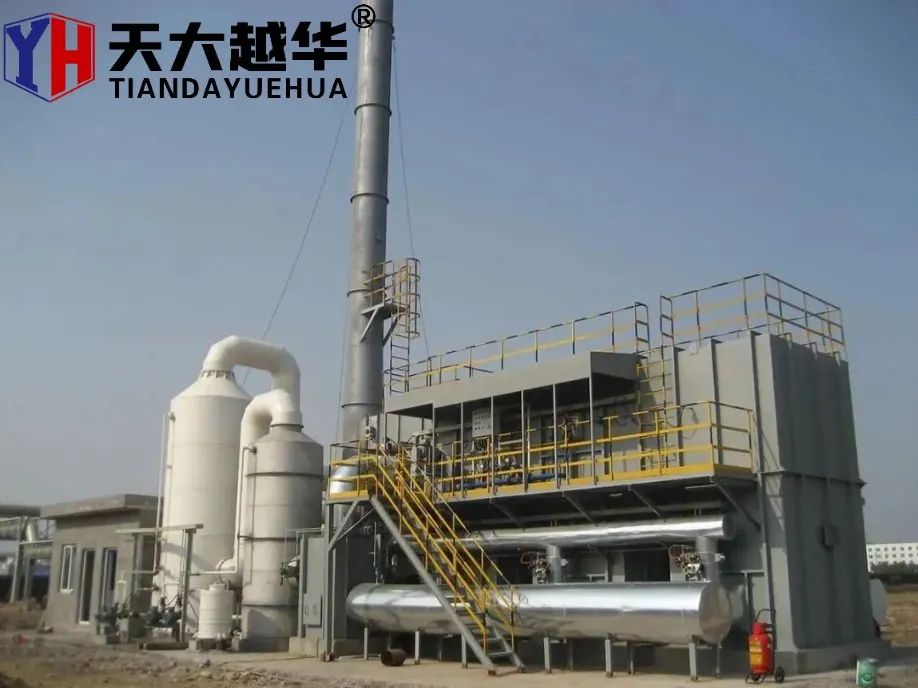Distinguishing the Oxider Incinerator RTO: Unique Advantages in Air Pollution Control
2024-04-07
Introduction:
In the realm of industrial air pollution control, various technologies exist to treat emissions and mitigate environmental impact. One such technology, the Oxider Incinerator RTO (Regenerative Thermal Oxidizer), stands out for its effectiveness and efficiency in tackling volatile organic compounds (VOCs), hazardous air pollutants (HAPs), and other airborne contaminants. But how does the Oxider Incinerator RTO differ from other types of incinerators? Let's explore the distinctive features and advantages that set it apart.
1. Thermal Oxidation Mechanism:
Oxider Incinerator RTO:
The Oxider Incinerator RTO utilizes thermal oxidation as its primary mechanism for treating emissions. In this process, contaminated air is heated to high temperatures within combustion chambers, initiating chemical reactions that break down pollutants into harmless by-products like carbon dioxide and water vapor. Thermal oxidation is highly effective for destroying VOCs and HAPs, making the Oxider Incinerator RTO a preferred choice for industries with stringent emission requirements.
Other Types of Incinerators:
While some other types of incinerators also employ thermal oxidation, they may differ in design and operation. For example, a simple incinerator may burn waste materials at high temperatures without incorporating heat recovery or specialized controls for pollutant removal. This approach may be suitable for certain applications but lacks the efficiency and versatility of an Oxider Incinerator RTO.
2. Regenerative Heat Recovery:
Oxider Incinerator RTO:
One of the key distinguishing features of the Oxider Incinerator RTO is its regenerative heat recovery system. This system captures heat from the outgoing exhaust stream and transfers it to incoming fresh air, preheating it before it enters the combustion chambers. By harnessing waste heat in this manner, the Oxider Incinerator RTO maximizes energy efficiency and reduces operating costs, making it a sustainable choice for industrial applications.
Other Types of Incinerators:
Many traditional incinerators lack regenerative heat recovery capabilities, relying solely on external fuel sources to maintain high operating temperatures. While these incinerators may still effectively treat waste materials, they may incur higher energy costs and have a greater environmental footprint compared to Oxider Incinerator RTOs.
3. Environmental Compliance:
Oxider Incinerator RTO:
The Oxider Incinerator RTO is designed to meet stringent environmental regulations and emission standards. Its efficient thermal oxidation process ensures thorough pollutant removal, enabling industries to comply with regulatory requirements and protect air quality.
Other Types of Incinerators:
Some other types of incinerators may struggle to achieve the same level of environmental compliance due to limitations in pollutant removal efficiency or lack of advanced control systems. As a result, industries may face challenges in meeting regulatory obligations and avoiding potential fines or penalties.
Conclusion:
In summary, the Oxider Incinerator RTO stands out from other types of incinerators due to its reliance on thermal oxidation, regenerative heat recovery capabilities, and focus on environmental compliance. By harnessing the power of thermal oxidation and maximizing energy efficiency, the Oxider Incinerator RTO offers industries a sustainable solution for treating emissions and mitigating air pollution. As industries continue to prioritize environmental responsibility and regulatory compliance, the Oxider Incinerator RTO remains a preferred choice for air pollution control in a variety of industrial applications.



